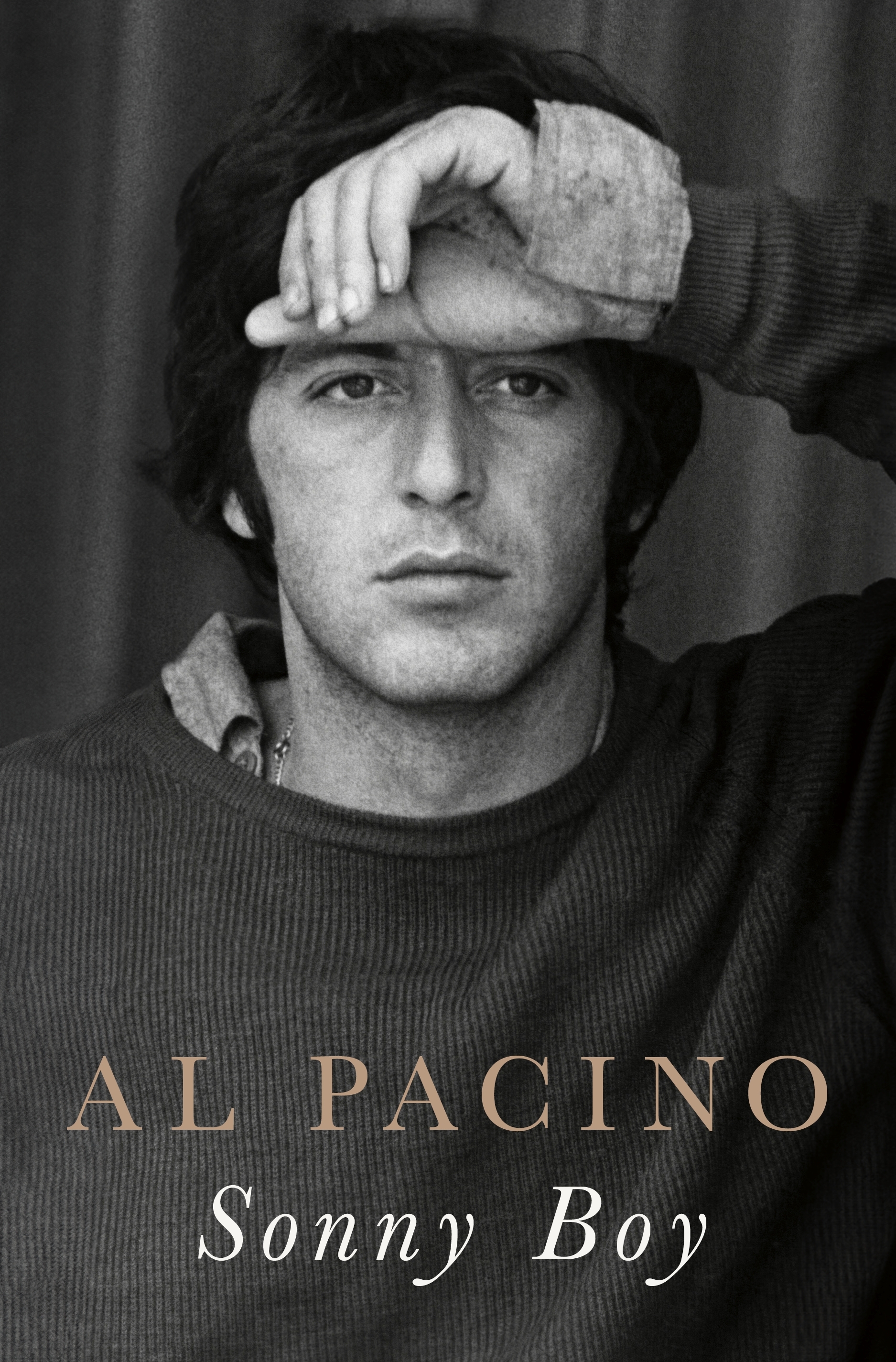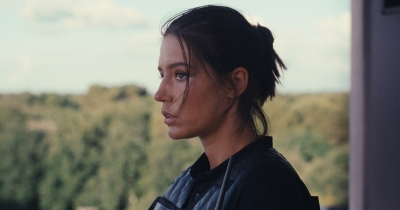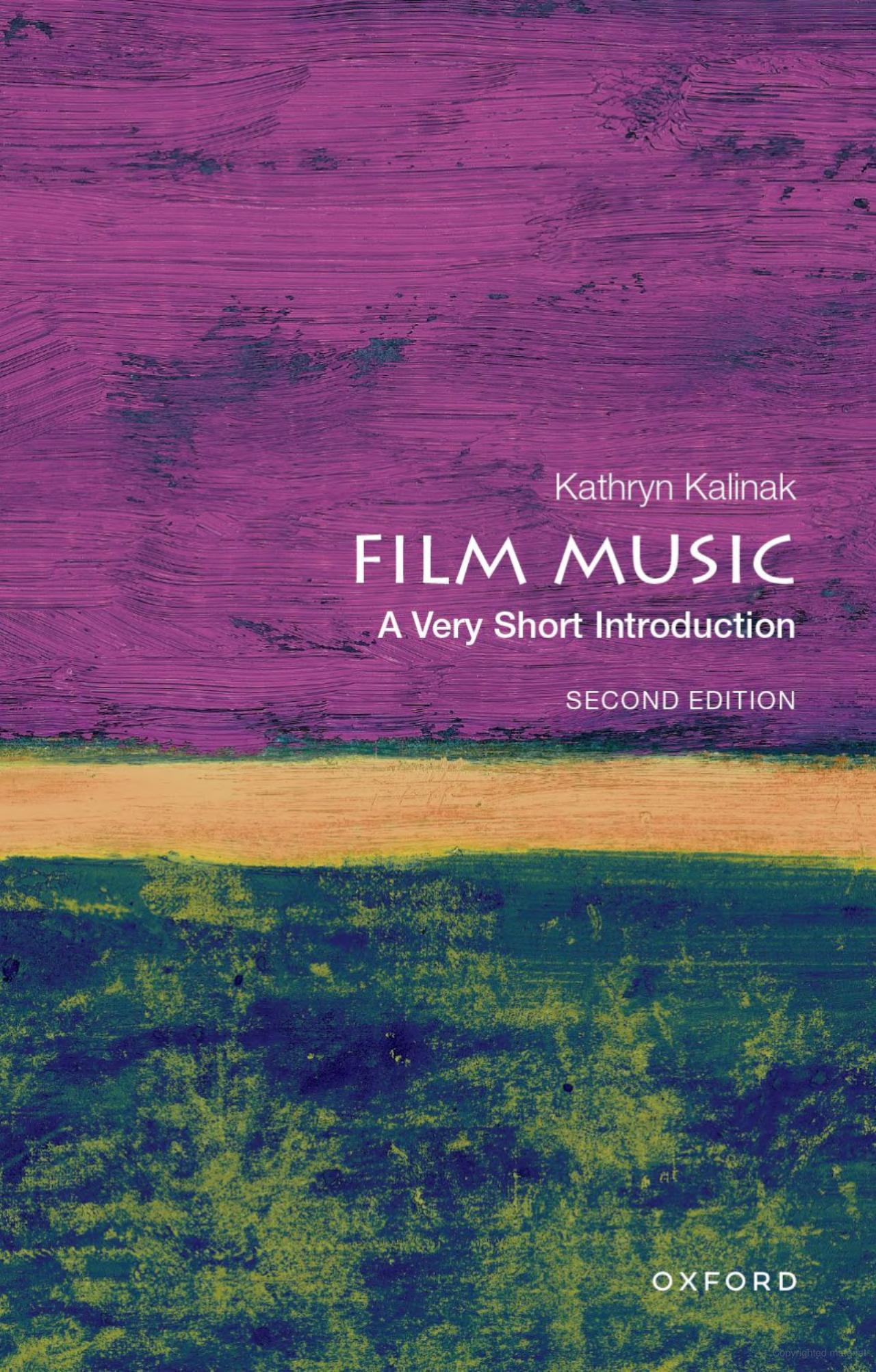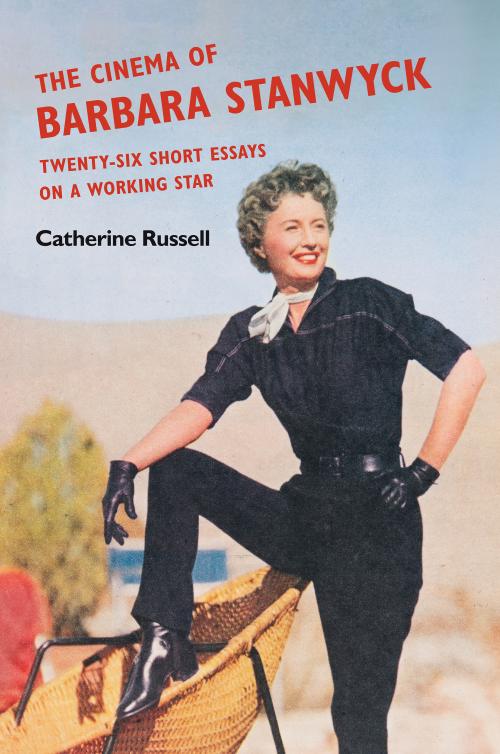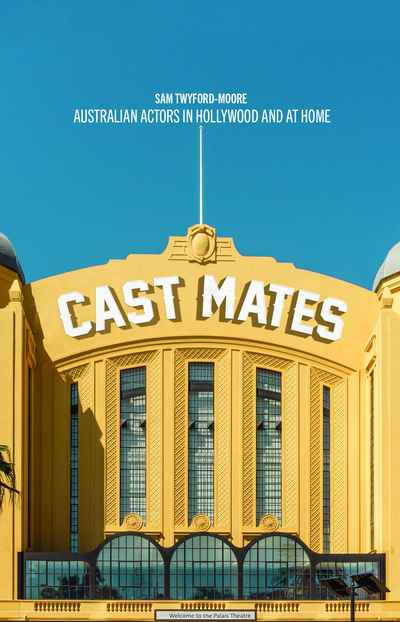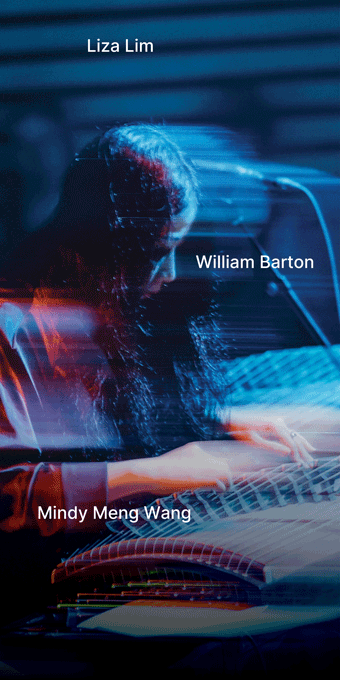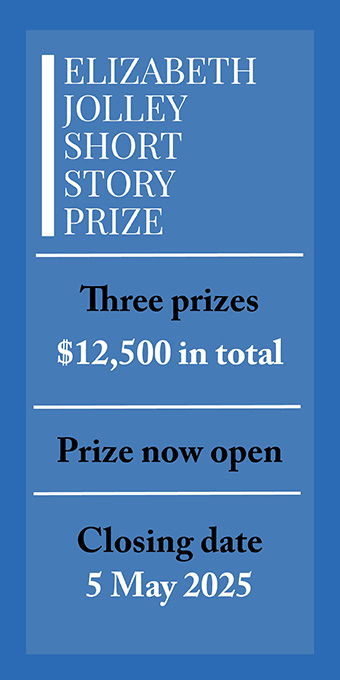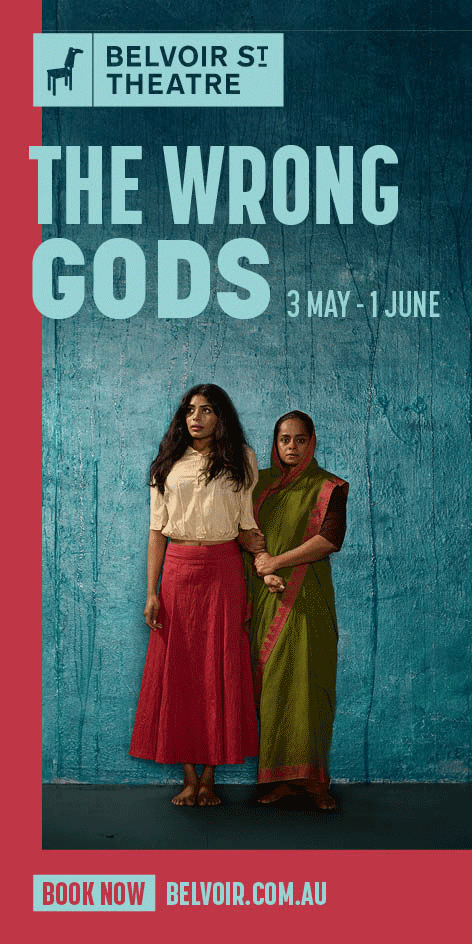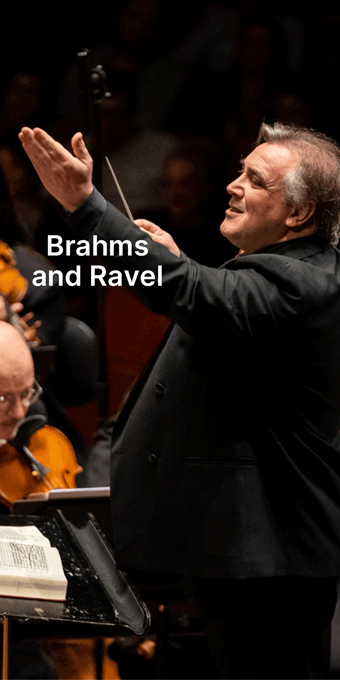Film
Australia at the Movies: The ultimate guide to modern Australian cinema 1990-2020 by David Stratton
Right now on the website for A24 – the reigning enfant terrible of indie American film distribution – you can buy a ‘Babygirl Milk Tee’ for $40, a T-shirt prominently featuring an image of a tall glass of milk. This is an allusion to one of the more memorable moments in Halina Reijn’s Babygirl, when upstart intern Samuel (Harris Dickinson) surreptitiously purchases a glass of milk for his much-older boss, Romy (Nicole Kidman), at a work function, then watches her drink it in a single gulp; a semi-public display of psychosexual domination.
The Alliance Française French Film Festival, the world’s largest showcase of French cinema outside of France, returns in 2024 for its thirty-fifth edition, with its usual eclectic mix of films from arthouse to mainstream cinema. Francophiles and cinephiles alike can see films from a range of genres, including drama, romantic comedy, social comedy, thriller, and historical biopic – from renowned directors like Marcel Carné and Olivier Nakache and Éric Toledano, to newcomers like Marie Amachoukeli. This year’s festival features the usual big names in French cinema – Catherine Deneuve, Isabelle Huppert, Daniel Auteuil, Laure Calamy, and Mathieu Almaric – alongside some excellent début performances. Here are some of the highlights.
... (read more)Film Music: A very short introduction, Second Edition by Kathryn Kalinak
Cast Mates: Australian actors in Hollywood and at home by Sam Twyford-Moore
Those Dashing McDonagh Sisters: Australia’s first female filmmaking team by Mandy Sayer
Why on earth should Australian filmmakers want to try replicating Hollywood? No one can do Hollywood as well as Hollywood can, and the attempts to emulate it have usually, perhaps inevitably, led to flavourless or otherwise misbegotten enterprises. I know that this is the era of international co-productions, and that where the money comes from is undoubtedly influential, but where the creative personnel come from is surely still more so. I want to argue for the cultural significance of the small-scale filmmaking that doesn’t depend on US funding and thereby isn’t subject to the sorts of compromise that such involvement may entail.
... (read more)In 2004, Somersault, a drama of youthful coming to terms with life’s challenges, scooped the pool at the Australian Film Institute’s annual awards. It was a melancholy comment on the state of the local industry that no other films could compete with this affecting but scarcely remarkable work. How different the situation will be in 2009.
... (read more)



